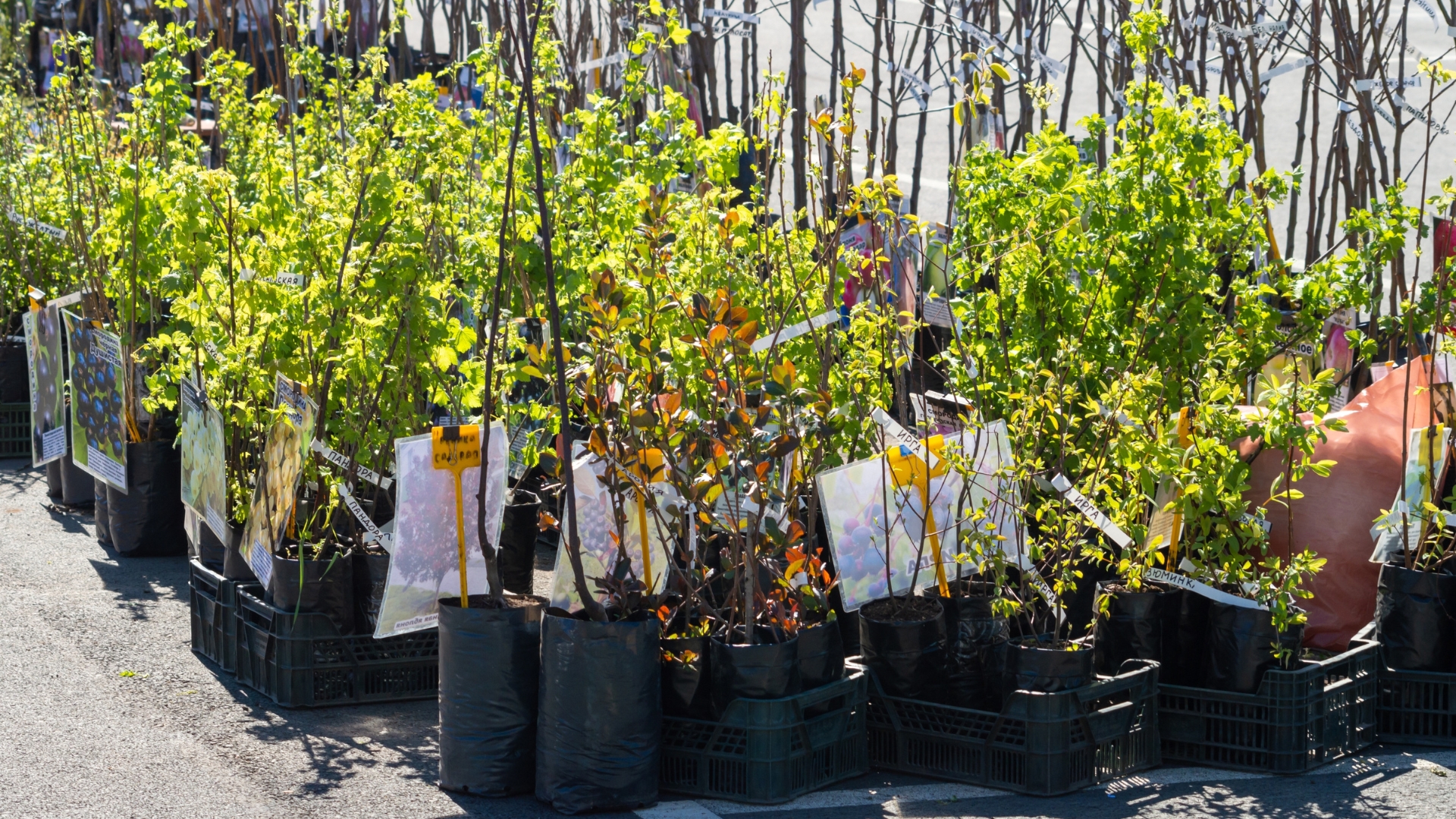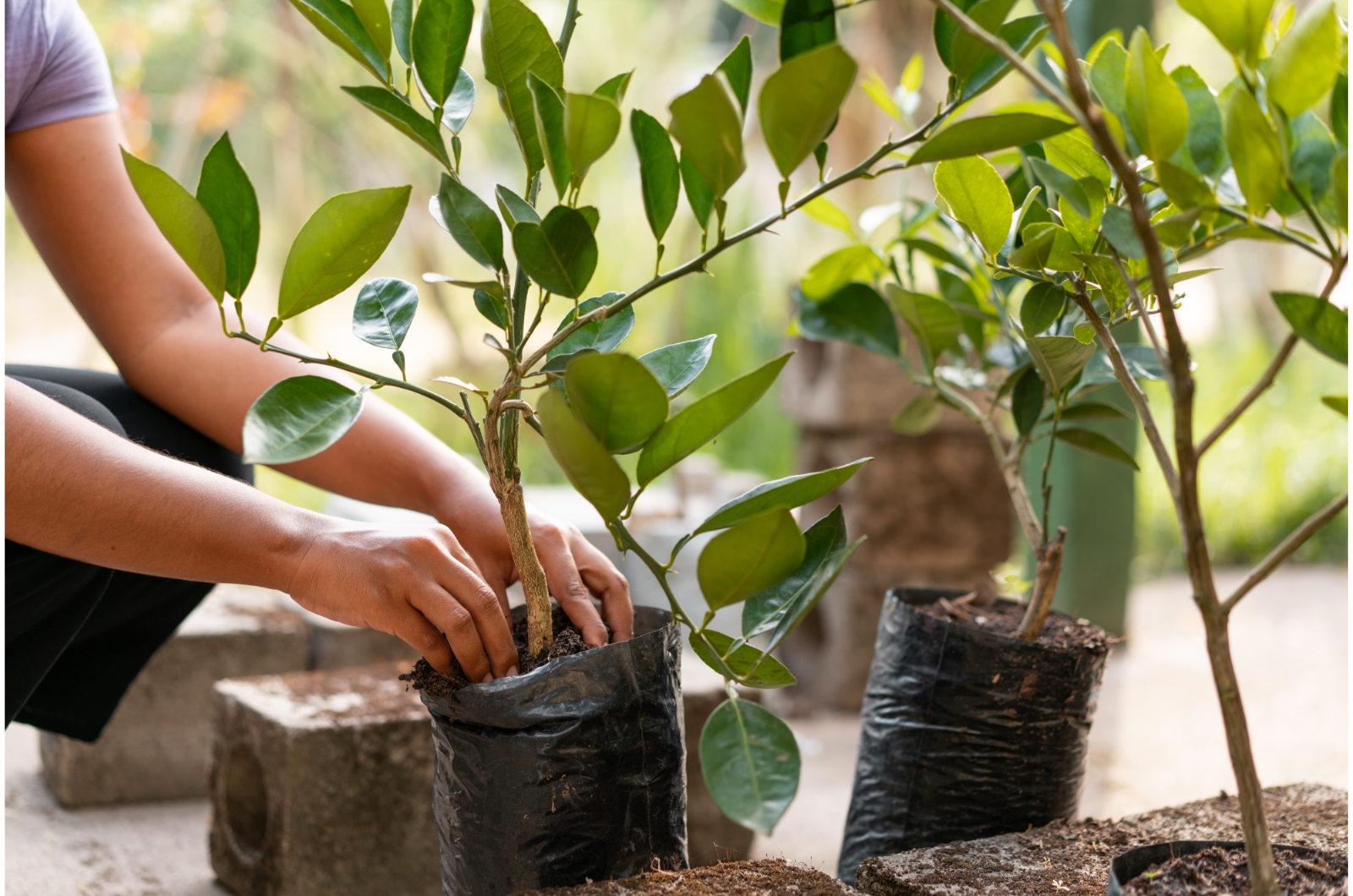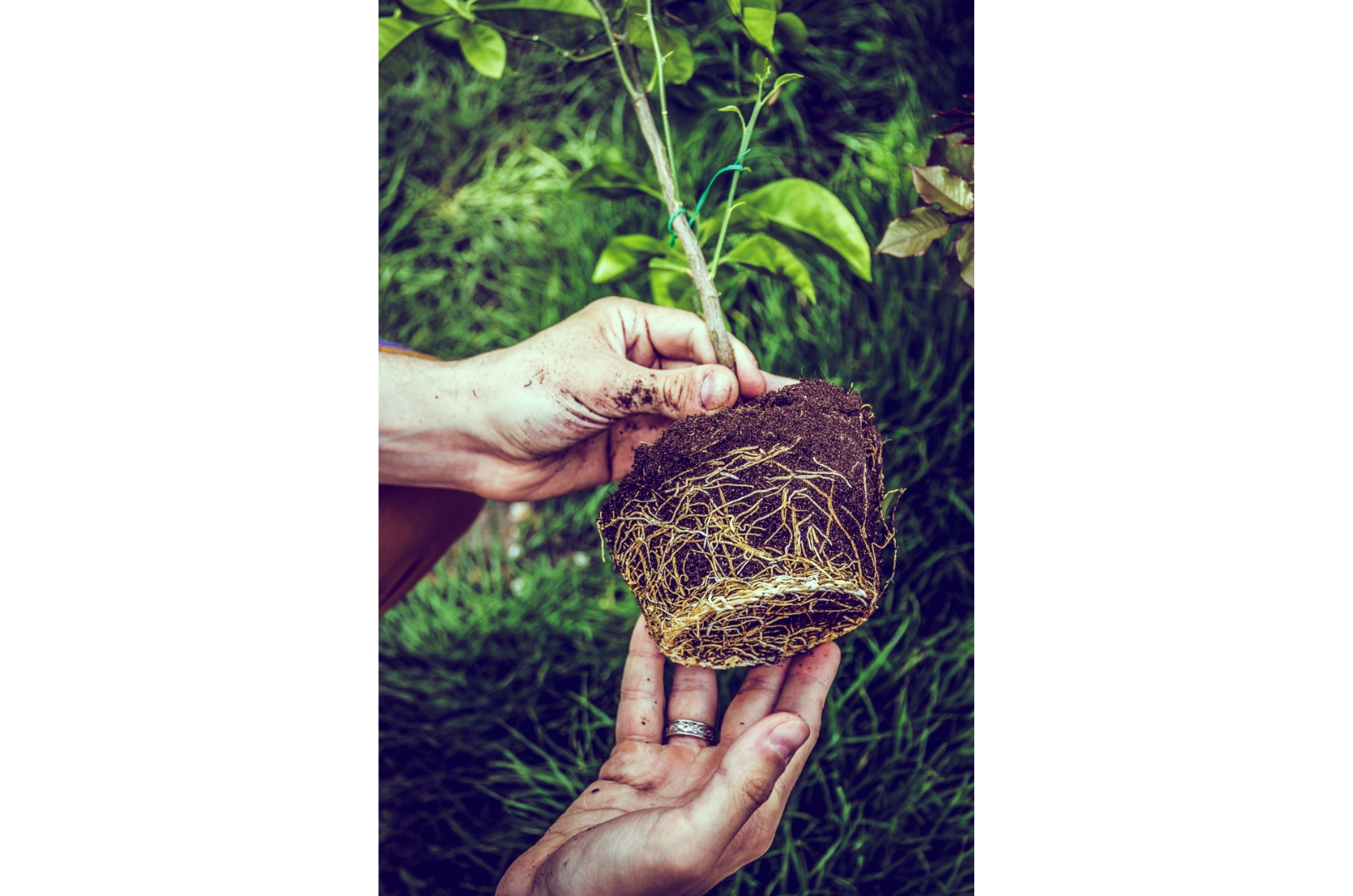Growing trees is like giving your yard a superhero squad. If you’ve got the space, let those green giants soar!
However, choosing a tree may not be an easy task. There are so many things to research, such as care requirements, temperature tolerance, and size.
If you’ve already figured out this part and went to a nursery to purchase your desired tree, you shouldn’t pick the first one you see.
The last thing you want is an unhealthy tree that won’t display new growth, or an infested and diseased tree.
In this article, I’ll show you 2 helpful tips you need to ensure you’re buying a healthy tree.
Let’s get started!
Inspect The Leaves
Luckily, you don’t need to be a master gardener to check if the selected tree is entirely healthy.
Leaf inspection is the first thing you need to do before buying a tree. You should look for trees that have glossy and dark foliage.
However, this may depend on the variety because some species have matte leaves and some may have purple or red leaves.
This is why it’s essential to research the variety before buying. But unhealthy juvenile trees, no matter the variety, have a few things in common.
Discoloration isn’t typical in young tree leaves, so if the leaves are yellow or have yellow tips, you shouldn’t buy them.
Crispy and yellow leaf tips are typically caused by drought, whereas yellow leaf surfaces with brown spots are most likely caused by pest infestation or diseases.
Even though you can fix most of these issues, except for diseases, it’s better to choose a healthy tree, especially if you’re a beginner.
When inspecting a young tree, pay attention to the canopy; if it isn’t full and there are some thinning leaves, the tree isn’t entirely healthy.
Inspect The Roots And Trunk
Even If the leaves look entirely healthy, don’t purchase the tree yet. In some cases, the tree won’t display leaf issues but problems are visible on the trunk or below the soil line.
Taking the tree out of the container in a nursery isn’t something you should do, but there’s one way to check.
Lift the pot, and if the roots look like they’re trying to escape through the drainage holes, it’s a sign that this tree might not be your ideal green companion.
This also includes the trees whose roots are visible on the soil surface or along the pot rims. These are the telltale signs of a rootbound tree and that’s not something you need in your yard.
If there aren’t many roots and there’s a lot of soil in the pot, there’s one more thing to do before the purchase.
The trunk can also tell you a lot about the health condition of the tree. If there are any cracks or the bark is broken in some places, such a tree isn’t for you. These lesions serve as excellent entry points for pests and bacteria that could quickly kill the tree after planting.
If everything looks great, proceed with the purchase and plant the tree in your yard!



